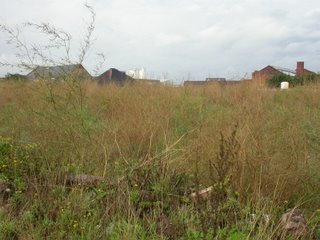

4 sites evaluated and not a sole to be seen…
One of the sites is awash with Yellow Mellilot, one of those fascinating nitrogen-fixing plants. Mellilot has another fascinating characteristic, which is concentration of boron that can be used in the phytoremediation processes. Phytoremediation involves plant extraction of poisons from the ground and Mellilot has been used successfully in the U.S.A. to “clean” polluted sites. Yellow and White Mellilot can be seen on many of the derelict sites I have mapped along the L3 dock area. It is not a native species and its apparently increasing colonisation of the landscape is attracting attention from neophyte biologists. It is considered to be an alien invader and by that definition, in the context of the British landscape and nature conservation, = BAD.
It is very likely that this species found its way onto our shores via the import of goods like grain and cotton. Its seeds can lie dormant for up to 60 years, but subjected to the right conditions, i.e. sunlight and water, they can germinate. Mellilot seeds could have been in dockland warehouses for years – demolish these buildings, and some seeds will get light and water and germinate, and flower, and reproduce, and colonise. Mellilot is also prolific in the Salford Quays – which is not a surprise if you look at the canal networks and how cargo was transported from the Liverpool docks…
The question of whether this species is a potential problem and threat to our landscape is debatable. From where I’m sat on my bike, what I see is a plant that is doing us a service - brightening up the industrial landscape with it’s sprays of yellow florets, attracting insects and ultimately supporting the 5 Kingdoms, and removing pollutants from the ground. Is that = BAD?

0 Comments:
Post a Comment
<< Home